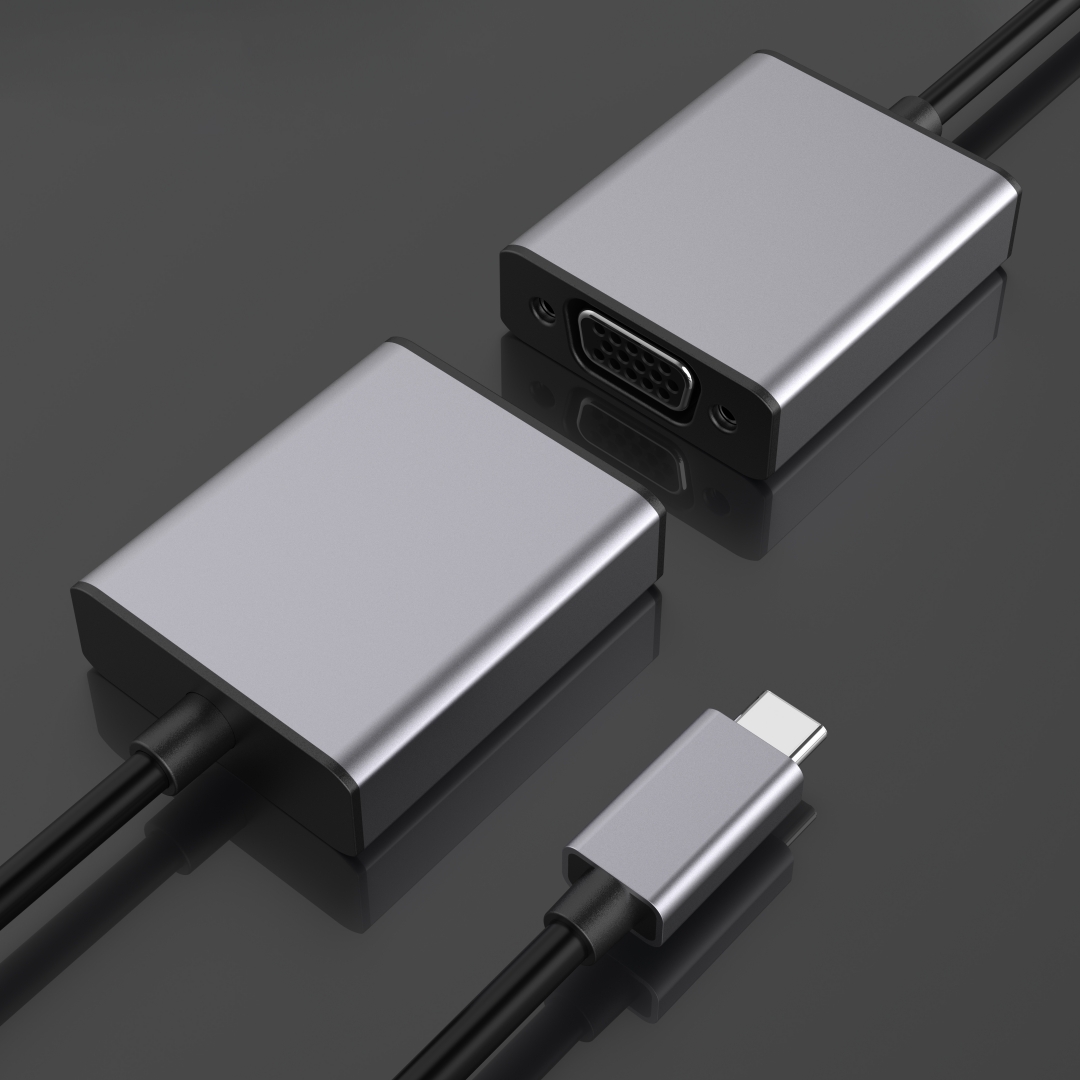The Gateway to Seamless Connectivity

As technology evolves, so does the demand for streamlined solutions to connect multiple devices efficiently. Enter the Type-C hub, a compact yet powerful accessory that serves as the central hub for various connections. In this comprehensive guide, we delve into the world of Type-C hubs, exploring their functionality, benefits, and how they optimize device connectivity.
Understanding Type-C Hubs
Type-C hubs act as intermediaries between devices and peripherals, consolidating multiple ports into a single, versatile hub. Equipped with USB Type-C connectors, these hubs offer a range of ports such as USB-A, HDMI, SD card slots, and Ethernet, facilitating seamless data transfer, charging, and display output.
Benefits of Type-C Hubs
The advantages of Type-C hubs are manifold. Firstly, they eliminate the need for cumbersome adapters and cables, simplifying the user experience. Additionally, they enhance device versatility by enabling connectivity with a wide array of peripherals, from external monitors to storage devices, all through a single hub.
Optimizing Connectivity
With Type-C hubs, connectivity becomes more streamlined and efficient. Users can connect multiple peripherals simultaneously, boosting productivity and eliminating the hassle of constantly switching cables. Whether it's transferring files, charging devices, or extending display capabilities, Type-C hubs offer a seamless solution for all connectivity needs.
Choosing the Right Type-C Hub
When selecting a Type-C hub, several factors come into play, including port variety, compatibility, build quality, and additional features. It's essential to choose a hub that aligns with your specific usage requirements, whether you prioritize data transfer speed, display resolution, or portability.
The Future of Connectivity
As technology continues to advance, the role of Type-C hubs in optimizing device connectivity will only grow. With the proliferation of USB Type-C ports across various devices, the demand for versatile hubs will increase, driving further innovation in this space. Embracing Type-C hubs paves the way for a future where connectivity is seamless, efficient, and tailored to individual needs.
Conclusion
In conclusion, Type-C hubs represent a paradigm shift in device connectivity, offering a consolidated solution that enhances efficiency and versatility. By serving as the central gateway for various connections, these hubs streamline workflows, reduce clutter, and elevate the user experience. As technology evolves, Type-C hubs will continue to play a pivotal role in optimizing connectivity, shaping the way we interact with our devices in the digital age.



